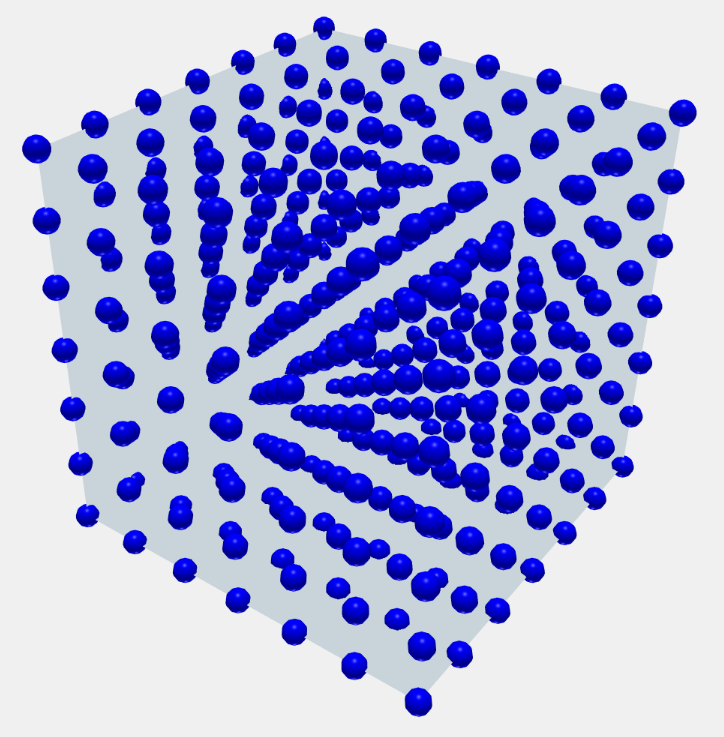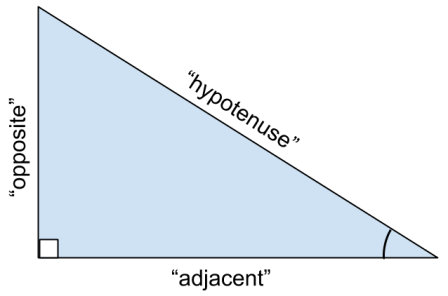Define air density. (24.4.2)
Air Density: The amount of matter/mass in a given volume.
| Low Density | High Density | |
|---|---|---|
 |
 |
Define air density. (24.4.2)
Air Density: The amount of matter/mass in a given volume.
| Low Density | High Density | |
|---|---|---|
 |
 |
22.2.20 Explain the meanings of work, power and energy;
and describe kinetic energy and potential energy.
Understanding these principles will help us understand several important points in aviation
Work = Force x Distance
Work is when a force applied to an object moves the object in the same direction as the force. If someone pushes against a wall, no work is done on the wall because it does not move.
Power = Work / Time
Power is the rate of doing work. It is the amount of energy consumed / used in time.
Power is used for ‘Thrust required, power required vs TAS’
Energy is the ability of something to do work.
Energy is measured in joules, and one joule is defined “mechanically”, as being the energy transferred to an object by the mechanical work of moving it a distance of 1 metre against a force of 1 newton.
Energy has two forms. Potential energy and Kinetic Energy. We are most interested in Kinetic energy.
Kinetic energy of an object is the energy that an object possesses due to its motion
Potential energy is energy possessed by a body by virtue of its position. I.e. it is at a height.
22.2.18 Explain the meaning of centre of gravity (centre of mass).
Centre of gravity is very important to us. We need to understand it as it has many applications wishing aviation
The distribution of mass is balanced around the center of mass and the average of the weighted position coordinates of the distributed mass defines its coordinates.
22.2.16 Describe the conditions required for translational equilibrium and for rotational equilibrium.
Equilibrium is an important concept. If we understand the principles of equilibrium we will understand the forces involved in flight a lot more easily.
An object is in translational equilibrium when the sum of all the external forces acting on the object equals zero. This also means an object is in translational equilibrium when it is experiencing zero overall acceleration. Therefore, it is either not moving, or moving at a constant velocity.
An object is in rotational equilibrium when the sum of all the external torques acting on it equals zero. In rotational equilibrium, an object either will not be moving, or moving at a constant angular velocity. This must mean the object is experiencing zero angular acceleration.
22.2.14 Describe the moment of a force, and the moment of a couple.
Having an understanding of moments and couples will help us to understand how forces are being generated in and around our aircraft.
The turning effect of a force is known as the moment. It is the product of the force multiplied by the perpendicular distance from the line of action of the force to the pivot or point where the object will turn.
A couple is two equal forces which act in opposite directions on an object but not through the same point so they produce a turning effect. The moment (or torque) of a couple is calculated by multiplying the size of one of the force (F) by the perpendicular distance between the two forces (s).
If forces are different, each side is to done done separately.
22.2.12 Describe the trigonometry functions for the sine, cosine and tangent of an angle
We need to have an understanding of trigonometry so we can understand the basics of navigation. Solving crosswinds headwinds etc
Every right triangle has one 90-degree angle (like the corner of a square or rectangle), and two angles that each range between anything larger than 0 degrees and smaller than 90 degrees and the sum of all 3 angles being 180 degrees.
The longest side of a triangle is known as its “hypotenuse.” The side opposite the angle we’re looking at is known as the “opposite” side. And the side adjacent to the angle we’re looking at (the one that isn’t the hypotenuse) is known as the “adjacent” side.

22.2.10 Describe motion on a curved path; and
(a) differentiate between centripetal force and centrifugal reaction;
(b) explain the factors affecting centripetal force and rate of turn.
This is an important principle when discussing turning of an aircraft. We need to understand the forces involved to understand why the aircraft is turning.
Centripetal force: Force an object feels on a circular motion
force pulling object towards the centre of the circle
Centrifugal reaction: Reaction opposing centripetal force, acting away from the centre of the circle
reaction (not a force)
fugal = away
CPF=m x v2 / r
CPF=mass x velocity2/ radius
CPF= Wv2/g ‘r’
So, we can see that the strength of our centripetal force, depends on the mass of our object (heavier it is the more force is required to keep it on our curved flight path) the velocity (faster it’s flying the harder it is to keep on our curved flight path) and the radius of the circle (a tighter circle / shorter distance will require more force to keep it on the flight path)
22.2.8 Describe Newton’s three laws of motion; and
(a) explain inertia;
(b) differentiate between mass and weight;
(c) state the value of the acceleration caused by the earth’s gravity; and
(d) define momentum.
Newtons laws great and easy way to understanding what is going when you fly your aircraft. so by knowing and applying these law / principles your confidence handling (flying) will be greatly improved.
Is Inertia , which all all about an object (your aircraft) and the amount of mass in the object.
1 law of motion States :
“An object at rest stays at rest and an object in motion stays in motion with the same speed and in the same direction unless acted upon by an unbalanced force”
This means if an object (aircraft) is stationary it will remain stationary or If it’s moving in a straight line it will continue to do so until an external force acts upon it. This is known as inertia.
In short is Force = Mass X Acceleration or ( f = m x a )
Force = kg meters second second.
Mass = kg
Acceleration = Metres Second Second
– The force we apply to our object (aircraft) depends on the mass, and the acceleration applied. If we apply thrust with our engine it will accelerate a mass of air toward the rear of the aircraft.
2 law of motion States :
“The acceleration of an object as produced by a net force is directly proportional to the magnitude of the net force, in the same direction as the net force, and inversely proportional to the mass of the object”
Aircraft Engine creates a force, by accelerating and Air ( the air has mass)
this force is know an action.
as a force is
Formally states: that every action, has an equal and opposite reaction.
This means that the force we created above pushing air behind the aircraft has an equal and opposite reaction which will mean the aircraft is propelled forwards.
Inertia: The property of matter by which it retains its state of rest or its velocity along a straight line so long as it is not acted upon by an external force.
Mass: The amount of matter in a particle or object (kg)
Weight: The force that gravity exerts upon a body, equal to the mass of the body times gravity
Gravity: Gravity will accelerate an object at a rate of 9.8m/s2 down toward the center of the Earth
Momentum: Motion of a body or object, equal to the product of the mass of times velocity
22.2.6
Define speed, velocity and acceleration.
that refers to how fast an object is moving. (metres per second).
Acceleration: is a condition when velocity is changing.
this is change is either or both direction or speed
If we look at increasing our speed in a car, an acceleration is experienced, and felt as being pulled back into our seat. or change direction / go around a corner then experienced as a sideways movement in your seat.